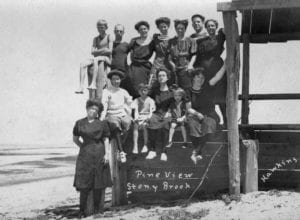Half Hollow Hills senior writes children’s book celebrating local history

Reviewed by Melissa Arnold
It’s Jay Nagpal’s senior year at Half Hollow Hills High School in Dix Hills, and like everyone else in his grade, he’s got a lot to do. There’s classwork to finish, college applications to mail, a social life to keep up and the future to consider. But in the midst of all that, he’s also taken up an unexpected task.
On Nov. 30, Nagpal published his debut book for children, “Miss Kim’s Class Goes to Town.” The 17-year-old wrote the book in hopes of sharing his knowledge and enthusiasm for local historical sites with the next generation. The book plays out just like a real class trip, with questions from students and helpful commentary by “Mr. Robert,” an actual historian in Huntington.
The informative storyline coupled with cartoonish, fun illustrations will capture the imaginations of local children.
What came first for you, the interest in writing or history?
It was history. From a young age, I was lucky enough to do quite a bit of traveling with my family, and we would always make a point of going to the historical sites or museums in the places we were visiting. We’ve gone to Rome, Paris, London and many other places in Europe that are rich in history. I think being exposed to that at such a young age is what’s given me such a great interest in history now.
Do you have a favorite historical time period?
It bounces around, but years ago I was very interested in ancient history like you would see in Rome. Later on, I became more interested in the American Revolution, and last year I spent a lot of time focusing on World War II and postcolonialism.
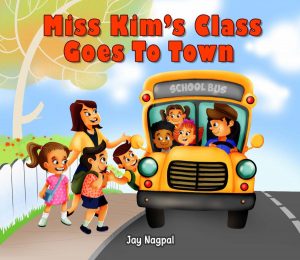 Why did you decide to write this book?
Why did you decide to write this book?
Last year, I started to see that while I was really passionate about history, a lot of other people just aren’t. In my history classes, I noticed that many of the other students weren’t engaged in the material, and I started to wonder if there was something I could do to engage kids in a meaningful way. I thought that I could create a platform that focused on local history and stir up interest around that for people my age.
Ultimately, I founded the Dix Hills-Melville Historical Association. It was uncharted territory for me, but I had tremendous support from the Huntington Historical Society and the local school district. Robert Hughes from the Huntington Historical Society supported me from the very beginning. I compiled all the important historical sites, landmarks and archives with their help, and created a website that would provide me with a forum to write features and blog posts about history. For example, we just celebrated Walt Whitman’s 200th birthday in May, so it was important to write about that on the website.
Are any of the children in the book named after people you know?
A lot of the names in the book have meaning to me. Early on, one of the students mentions a teacher named Miss Martin. That’s a reference to Karen Martin, who is the archivist at the Huntington Historical Society. Mr. Robert, the town historian, is directly based off of the real Robert Hughes. Dylan is my friend’s brother, whose parents published the book, and some of the other students are also named after friends of mine.
What was it like to see the book for the first time?
It was a surreal feeling, for sure. After months of going through the entire process of publishing and putting everything together, it was so rewarding to finally see the finished product.
How long did writing take?
I started over the summer, and the book was published about six weeks ago. A lot of the research had already been done in founding the historical association, so I already had the information I needed.
How did you go about getting it published?
A close friend’s parents actually run a publishing company called Linus Learning, and they were very open to the idea of publishing my book.
 What about the illustrations? Did you do them, or did you work with someone else?
What about the illustrations? Did you do them, or did you work with someone else?
I’m definitely not an artist, and one of the great challenges of the project was finding the right illustrator. I ended up going online and using a service called Fiverr to connect to a very talented illustrator who lives in Sri Lanka. Her name is Thushari Herath, and she really did a phenomenal job. There are a lot of cultural differences between us, so we had to talk about things like what side of the road the bus would drive on, what classes would look like, how people would dress and so on. It took a bit of extra effort, but it was all worth it because she’s so talented.
What is the recommended age for this book?
Older elementary school kids will probably get the most out of it, starting at about third or fourth grade. My goal was to be as accessible as possible, though, so people older or younger than that shouldn’t feel discouraged to read it.
What’s next for you? Do you want to write more books?
Right now, I’m focusing on finishing up my college applications. I’m looking to stay somewhere in the Northeast that has a strong history program − I’d like to pursue some kind of research track through graduate school and maybe a Ph.D. down the road. I’m not totally sure about anything yet, but that’s what I’m thinking about lately.
I hope to do something like this book again in the future, especially if it makes an impact on local students.
Where can we learn more about you?
I share information and thoughts about local history at www.dixhillsmelvillehistory.org.
“Miss Kim’s Class Goes to Town” is available online at Amazon.com, at Huntington Historical Society events and at the gift shops of historical sites around Huntington.


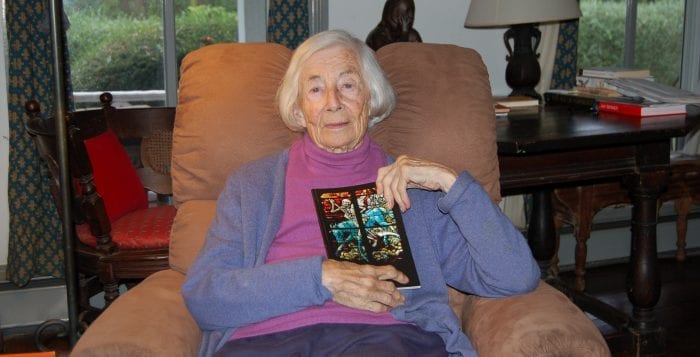

 Throughout, White paints a clear picture of her family, plentiful in detail and event. She manages to evoke their personalities in quick, vivid strokes. The descriptions are colorful and entertaining, revealing the highs and lows, the conflicts and the triumphs.
Throughout, White paints a clear picture of her family, plentiful in detail and event. She manages to evoke their personalities in quick, vivid strokes. The descriptions are colorful and entertaining, revealing the highs and lows, the conflicts and the triumphs.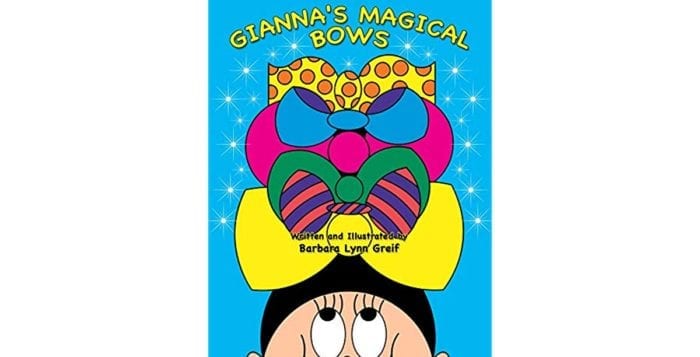

 You have a background in fine art. What did you hope to do for a career?
You have a background in fine art. What did you hope to do for a career?  How did writing fit into your life?
How did writing fit into your life?  What message do you hope to pass on to the reader?
What message do you hope to pass on to the reader?

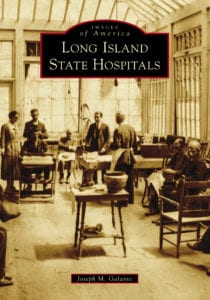 The Kings Park facility even had what they called York Hall, where patients would watch movies, play basketball, perform shows and attend functions. The facility also had its own water tower, railroad station, space for masonry work, independent fire and police force and the Veterans Memorial Hospital, which was a group of 17 buildings used to treat veterans that came home from World War I with mental conditions.
The Kings Park facility even had what they called York Hall, where patients would watch movies, play basketball, perform shows and attend functions. The facility also had its own water tower, railroad station, space for masonry work, independent fire and police force and the Veterans Memorial Hospital, which was a group of 17 buildings used to treat veterans that came home from World War I with mental conditions.


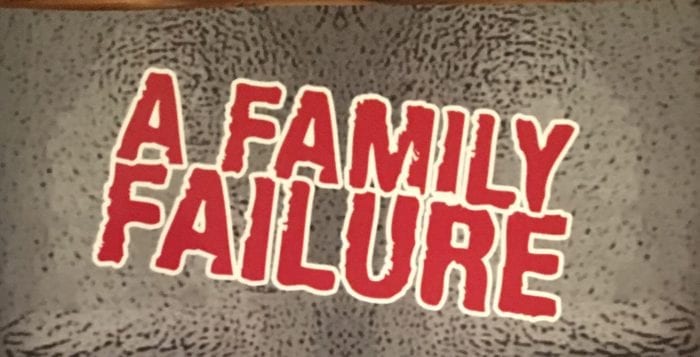

![Cant Give it Away_cover_v2.3[1]](https://tbrnewsmedia.com/wp-content/uploads/2019/07/Cant-Give-it-Away_cover_v2.31-e1564167504488-700x357.jpg)

 The book picks up with the band when it is first establishing itself. We are treated to the intrigue, the late night clubs, the relationships and marriages, the celebrities (everyone from Andy Warhol to Bill Clinton), hotel destructions and, of course, the drugs. The Rolling Stones are almost a history of the changing drug use and drug culture in the 20th century. Wild parties, addictions, police raids and arrests, stints in rehab and recovery were a never-ending cycle.
The book picks up with the band when it is first establishing itself. We are treated to the intrigue, the late night clubs, the relationships and marriages, the celebrities (everyone from Andy Warhol to Bill Clinton), hotel destructions and, of course, the drugs. The Rolling Stones are almost a history of the changing drug use and drug culture in the 20th century. Wild parties, addictions, police raids and arrests, stints in rehab and recovery were a never-ending cycle. 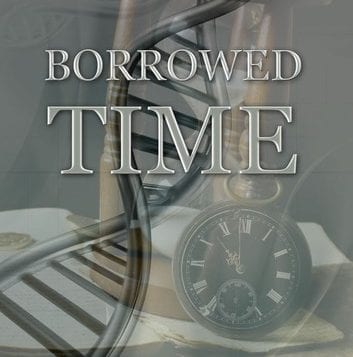

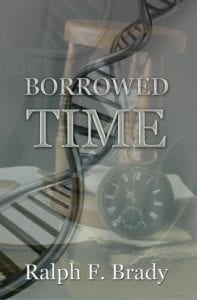 Brady has meticulously researched turn-of-the-century Long Island and paints both a community and global picture of the time. There is great fun in many local references, both past and present. For example, the train from Brooklyn to Greenport is always on time as there are only four stops.
Brady has meticulously researched turn-of-the-century Long Island and paints both a community and global picture of the time. There is great fun in many local references, both past and present. For example, the train from Brooklyn to Greenport is always on time as there are only four stops.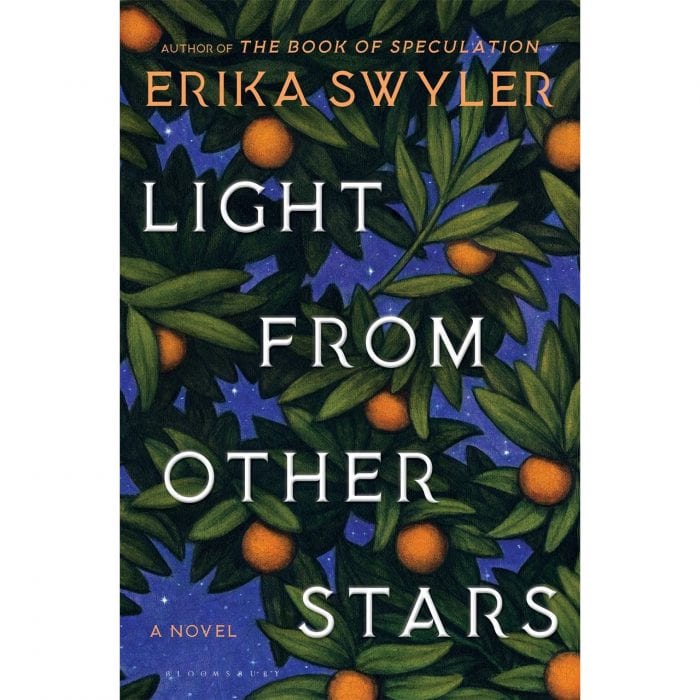

 Small details of the day-to-day struggle, both physical and emotional, are juxtaposed with larger themes and the crisis that they are immediately facing. From the first moments of the book, the stakes are genuinely high.
Small details of the day-to-day struggle, both physical and emotional, are juxtaposed with larger themes and the crisis that they are immediately facing. From the first moments of the book, the stakes are genuinely high.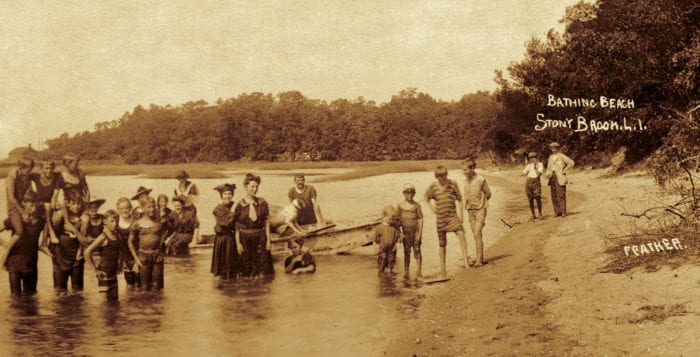
 Kristen Nyitray, the director of Special Collections and University Archives, as well as a university archivist at Stony Brook University, takes readers along for the story of the history of beaches in Nassau and Suffolk counties in her book, “Long Island Beaches” or what she describes as “a facet of Long Island’s social and cultural history and lure of picturesque beaches.”
Kristen Nyitray, the director of Special Collections and University Archives, as well as a university archivist at Stony Brook University, takes readers along for the story of the history of beaches in Nassau and Suffolk counties in her book, “Long Island Beaches” or what she describes as “a facet of Long Island’s social and cultural history and lure of picturesque beaches.”